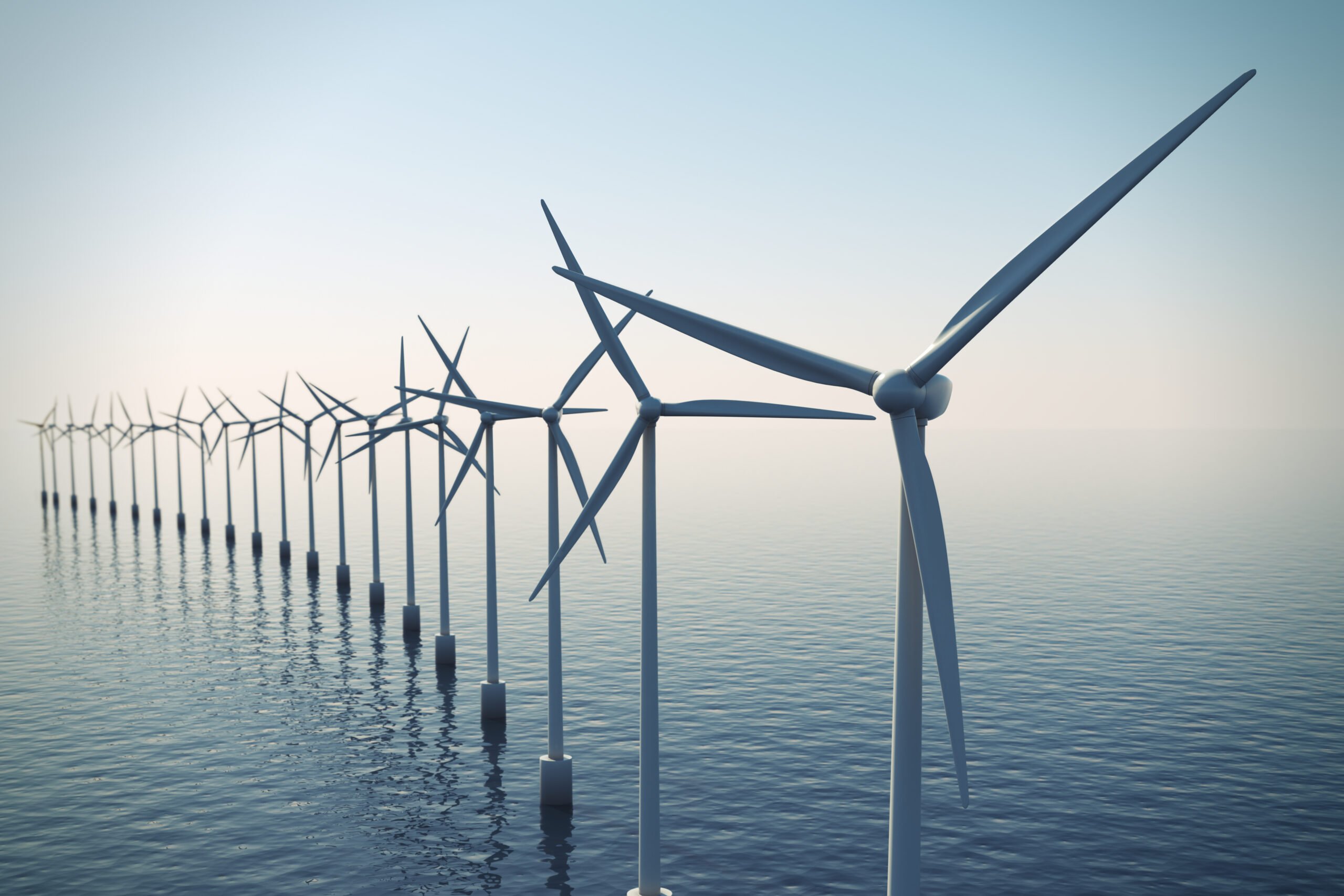
Technology has played a huge part in our advancement as a society for many decades. Think of the technological progress that we’ve made in the past 20 years alone – solar panels, for example, whilst originally discovered by a French scientist named Edmund Bacquerel back in 1839, only started to take off in the commercial space in the early 2000’s and have slowly been developed for domestic use.
The same can be said for wind turbines, with the first megawatt wind turbine constructed in Denmark, which helped pioneer many of the technologies used today. Technological and scientific innovations like this, along with their continuing research and development is the reason we are in a good position to tackle climate change.
Technology is at the heart of solving the climate crisis so we’re exploring a few up-and-coming technologies that could change the world.
Carbon Capture
Carbon capture has been featured more in the news in recent years and is a way of reducing carbon emissions using a 3-step process. This process captures the carbon dioxide produced by power generation or industrial activity such as steel or cement making, transporting it, and then storing it deep underground.
The Intergovernmental Panel on Climate Change (IPCC) highlighted that we must do more to increase our efforts to reduce emissions if we are to meet our 1.5-degree target, as set out in the Paris Agreement. This is why technology to remove carbon from our atmosphere is being developed and why it will play an important role in tackling climate change. It’s estimated that there is around 38.5m mt of CO2 capture capacity worldwide from at least 26 commercial-scale carbon capture projects.
Direct Air Capture
Direct Air Capture (DAC) pulls in atmospheric air and extracts the carbon dioxide through chemical reactions and then returns the rest of the air to the environment. This process is very similar to what trees and plants do for us naturally, but DAC can complete the process much faster, with a smaller land footprint and delivers the CO2 in a compressed for that can be stored underground or reused.
The millions of tons of pure compressed CO2 delivered by Direct Air Capture with storage plants will allow for more competitive pricing in today’s markets and can be used in several ways. From creating global-scale quantities of clean fuels that can compliment electric vehicles, providing a clean liquid fuel for the transport sector, to everyday use in our homes and businesses.
Energy Storage
Energy storage technology will be a key piece of the carbon reduction puzzle going forward. The ability to store renewable energy generated is key to reaching net-zero and decarbonising your business. Not only is energy storage a practical solution, but it allows us to better manage when and how we consume energy – for example, using your stored energy at peak times such as during Triad periods. This can ensure your business is not using grid energy during the most costly time of the day.
By 2024, it’s projected that globally we will have around 9.7 GW of energy storage and there are a few different technologies being developed for energy storage. Lithium-ion makes up around 60% of the energy storage capacity and Vanadium Flow at 30%. One of the more widely used storage methods is pumped hydro storage, which uses surplus electricity to pump water up to a reservoir behind a dam. However, research is being carried out to create long-life storage options as Lithium-ion batteries currently have quite a short operating life.
An up-and-coming technology, to try to solve this issue, is vanadium redox battery, also known as the vanadium-flow battery which has a lower cost than other V-flow batteries. These are fully containerized, non-flammable, compact, reusable over semi-infinite cycles, discharge 100% of the stored energy and do not degrade for more than 20 years. The future of energy storage is one to keep an eye on to better optimise your business’ energy.
Modular Floating Wind Generation
Offshore wind generation is something that has been around for a while, and you may have seen them off the coast of the UK from time to time. These turbines are anchored to the ocean floor on fixed foundations which limits the depths at which you can place them to around 165ft.
Modular floating wind generation instead, are tethered to the seabed with mooring lines. This allows the turbines to be placed in areas where winds tend to be stronger, further out to sea and opens more opportunity to generate wind power.
The world’s first floating offshore wind turbines can be found 15 miles off the coast of Aberdeenshire in Scotland. The turbines stretch 574 feet above the water, generating around 30MW and run by Norwegian company, Equinor, have already broken UK records for energy output.
Solar Glass
Solar glass is another technology that is being more widely adopted to help achieve net-zero commitments. Solar glass, instead of being added on top of a building like traditional solar PV panels, is added into the structure itself. Replacing building materials in parts such as roofs, skylights, facades and windows to generate power.
There are two types of solar glass currently – the first being thin-film modules that are made from amorphous silicone, making them only 20% transparent; and the second type being PV glass, which appears black and can be up to 50% transparent.
Solar glass has the potential to completely change the renewable generation landscape with opportunities to add it to all new buildings across cities, homes and businesses.
Hydrogen Ships
Green hydrogen could be the answer to decarbonising the shipping industry which currently emits 3% of all greenhouse gases. There are currently several shipping projects taking place across the world, testing how hydrogen could be used to power a low-carbon maritime industry.
Hydrogen along with other synthetic fuels is made from clean electricity, using renewable energy to split water in a process called electrolysis. Once produced it can be used to be burnt in an internal combustion engine. It can also be generated through steam-powered hydrogen electricity, from burning hydrogen with pure oxygen which is then used to drive a turbine to generate electricity.
However, the availability of green hydrogen doesn’t yet have the demand needed for fuel producers to invest in its production. It is also costly to produce but cost reductions across other clean energy generators such as wind and solar over the years have helped to challenge this.
Nuclear Fusion
Nuclear fusion could be the ultimate answer to the world’s energy problems as an almost inexhaustible source of energy. The UK plans to build a commercially viable fusion power plant by 2040. Fusion reactors operate by superheating hydrogen isotopes to over 15 million degrees centigrade which creates plasma that is then compressed to fuse the hydrogen isotopes together, thus producing helium and high-speed neutrons – these release 17.6MeV (Megaelectron Volts) of energy per reaction. However, whilst the concept of nuclear fusion has been proven, the challenge comes with the engineering aspect. If achieved, the UK could see nuclear fusion come to life in the next few decades, providing clean energy across the country.
Technology is paving the way for us to reach our net-zero goals and investment in new technologies is key to unlocking the full potential of clean energy generation. It will be interesting to see how these technologies will unfold over the coming years and which ones can propel us forward into a zero carbon world. Find out how we can help propel your business towards net-zero by visiting our COP26 Insights Hub.










